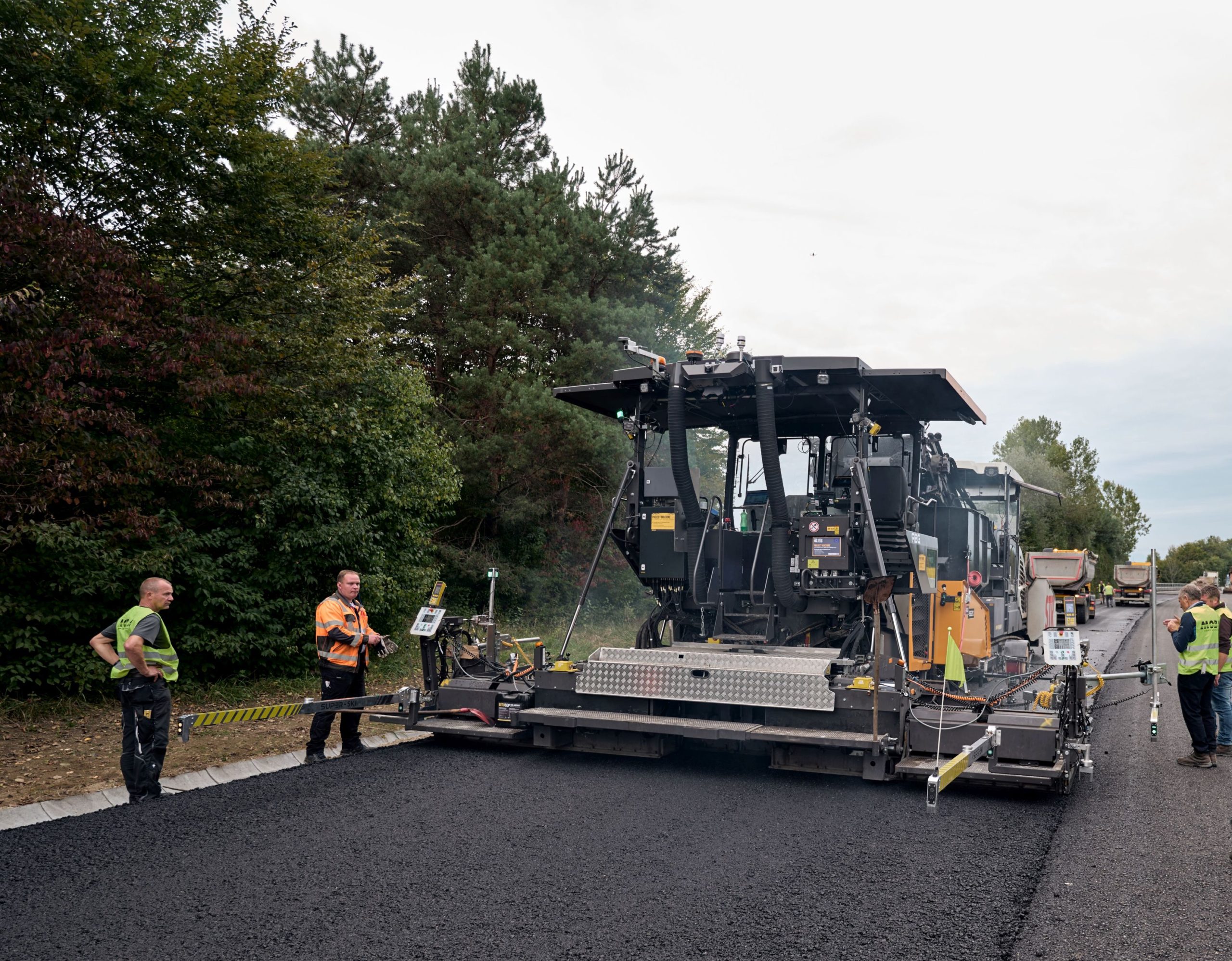
With 2024 in its final days, GCR looked back over the year for clues about the trends we’re likely to see in 2025.
1. China’s economic reset

Amid high youth unemployment, shrinking foreign direct investment, and mounting debt, China is on course for an economic reset next year, especially in light of higher tariffs threatened by the incoming US president Donald Trump.
One thing that seems clear now, however, is that the country’s decades-long residential construction boom is over.
It was inflated by local governments selling land to developers to build vast numbers of apartments, but started deflating when Beijing introduced financial restrictions in 2020 – known as the “three red lines” – to clamp down on speculation in the sector, leading to a liquidity crisis among developers and a sharp downturn in housing construction.
As of April this year, the combined area of unsold new homes in China stood at 745.5 million square metres, The Financial Times reported, citing China’s National Bureau of Statistics. Assuming an average unit size of 90 sq m, that could equate to 8.3 million unsold homes.
Even that figure is dwarfed by the number of homes developers sold off-plan, but couldn’t finish building owing to the liquidity crunch: 48 million, according to Bloomberg Intelligence.
In August Shenzhen became the first tier-one city to announce plans to buy unsold homes from struggling developers to turn them into rentals for low-income people. This month, state media reported that 10 cities were now following suit.
With residential construction making up around 63% of all buildings built in 2021, the slowdown will have a major impact on China’s huge construction workforce.
In November, Beijing launched a campaign to pressure the country’s indebted local governments to clear the vast backlog of unpaid wages owed to so-called migrant workers in construction.
The move came in response to an unusual spate of mass killings in China.
2. Germany faces a reckoning over its infrastructure

Germany’s so-called “traffic light” coalition of Social Democrats (SPD), Greens, and Free Democrats (FDP) fell apart in November when SPD Chancellor Olaf Scholz sacked his FDP finance minister Christian Lindner.
As many as 5,000 Autobahn bridges are decrepit and need to be renovated or rebuilt, state broadcaster DW reported in June.
The industry worries that with an election scheduled for February, followed by a period of negotiations to form a new coalition, the budget allocation needed to address the problem won’t be set until summer or even autumn.
Complicating matters is Germany’s national debt brake, written into its constitution, that limits federal deficits to 0.35% of GDP.
3. Defence-related construction on the rise

In February, German arms manufacturer Rheinmetall broke ground on a €300m factory in Lower Saxony to make artillery shells, something the Ukraine invasion has shown to be in short supply. This month, the company contracted with the Lithuanian government to build a €180m shell factory there.
In March, work started in Romania on what will be Nato’s biggest air base, a title now held by the Ramstein air base in Germany. The $2.7bn project will expand the Mihail Kogalniceanu base near the Black Sea port of Constanta. Once complete, it will cover around 30 sq km and will be able to accommodate around 10,000 personnel with their families.
In August, Lithuania started building a 170-hectare military base to house some 4,000 combat-ready German troops about 20km from the border with Belarus. Lithuania’s defence ministry called it “the largest piece of military infrastructure in the history of Lithuania”.
4. The robots may actually be coming

Futurists have long been impatient for robotics to take over construction, but 2024 did see some eye-catching applications suggesting the industry is getting more curious in the midst of an endemic labour shortage.
In October, Strabag tested autonomous paving machines on a section of Austria’s A9 motorway. The units use satellite navigation and are able to recognise nearby objects while sending back information about the temperature of the asphalt surface. They also install concrete modules that contain a crash barrier, gutter, curb and rainwater channel.
3D printing has so far been reserved for small, one-off demonstration projects, but this month saw the unveiling in Ireland of the world’s first printed social housing development – a terrace of three, 3-bedroom houses in Dundalk, County Louth.
Meanwhile, Saudi Arabia’s economic development giga project Neom has taken a stake in a Danish construction robotics start-up, GMT Robotics, which has been developing robotic rebar cage assembly and handling systems since its founding in 2020.
5. Data demand sparks interest in small nuclear reactors

When the year began, we didn’t expect information technology giants to become nuclear energy developers but, late this year, they did.
With the burgeoning commercialisation of artificial intelligence (AI), tech companies are realising how exorbitantly energy-hungry AI is.
“Crazy”, is the technical term Oracle founder Larry Ellison used.
Data centres already consume vast amounts of energy but, by 2026, thanks to AI, the amount they consume will have increased by between 35% and 128%, according to the International Energy Agency.
Conscious of their climate footprint, tech giants have turned to small modular reactors (SMRs) as the most promising way forward, even though it’s a developing technology that has yet to be commercially deployed.
SMRs are conceived as small reactors that can be manufactured by a repeatable process and delivered to site, which makes them far more attractive than a conventional nuclear power plant that takes years or decades to build.
In September, Oracle’s Larry Ellison told investors the company had plans to build three SMRs to power a gigawatt-scale server farm.
The following month, Google announced a deal with California’s Kairos Power to secure 500MW from multiple SMRs by 2035.
Also in October, Amazon agreed to fund a feasibility study into building at least four SMRs in the US state of Washington, which together would be able to generate 320MW for its data centres.
The SMR concept has been in development for years, but now that Big Tech really needs it, we expect momentum to build noticeably in 2025.
And now, we’d like to wish all our readers a very happy and productive new year.






